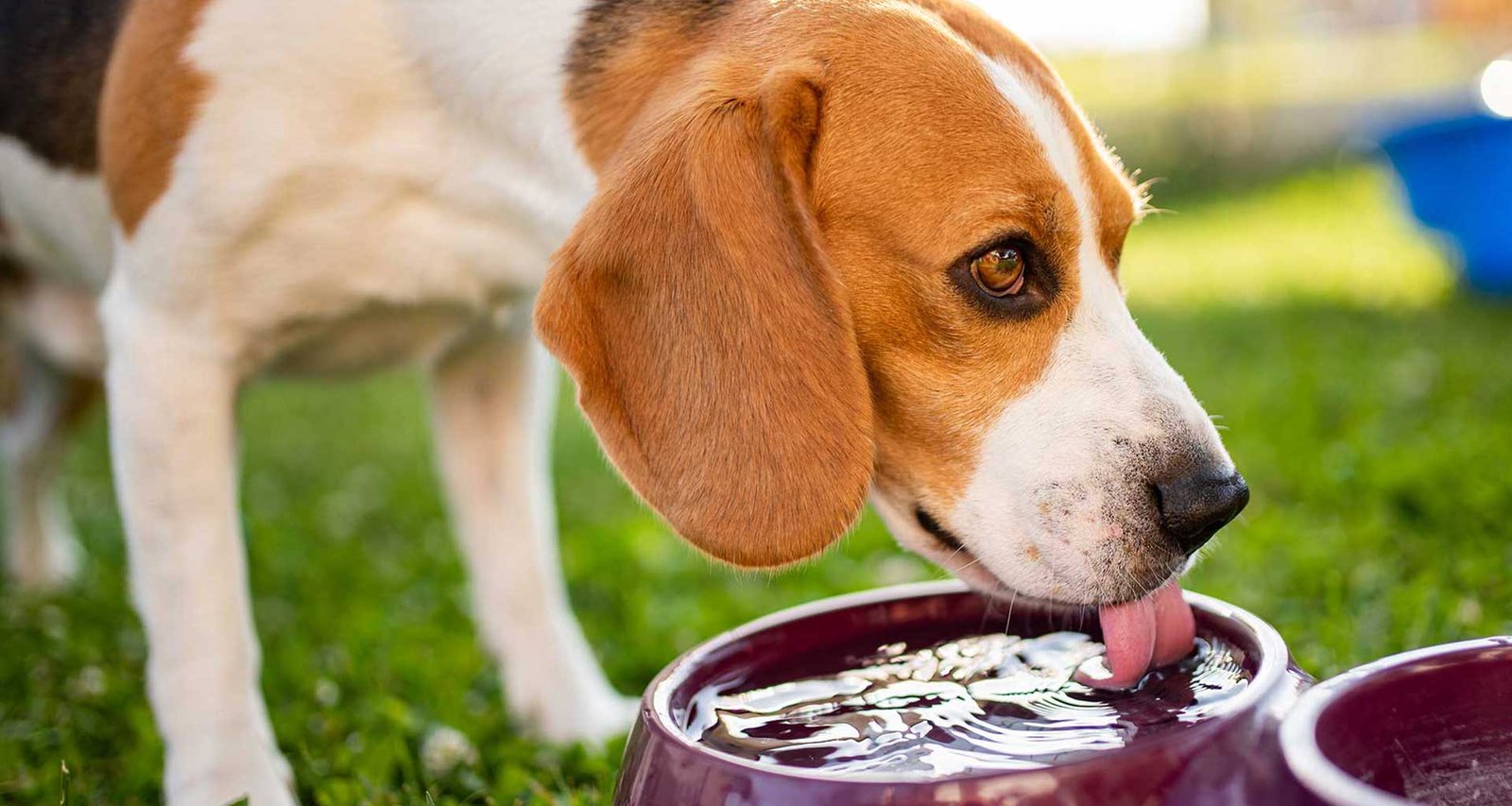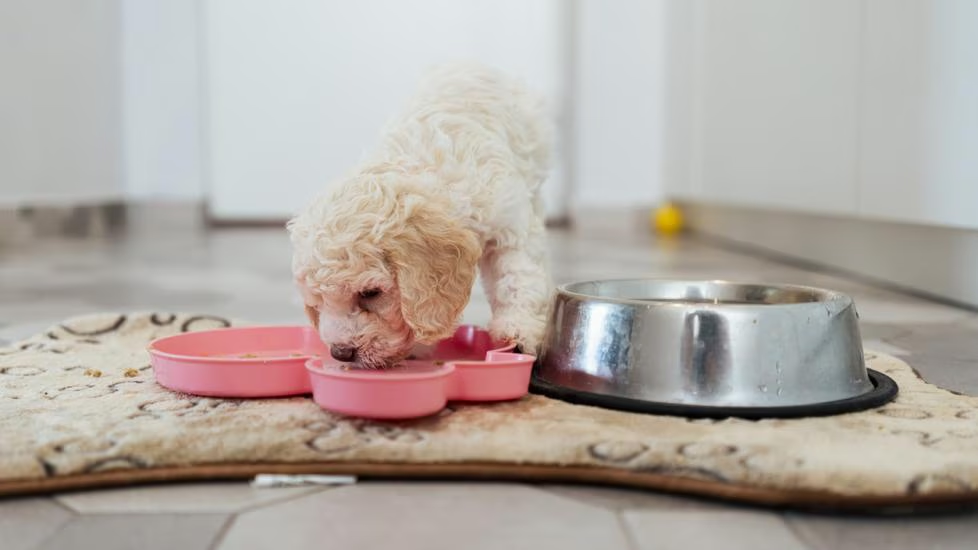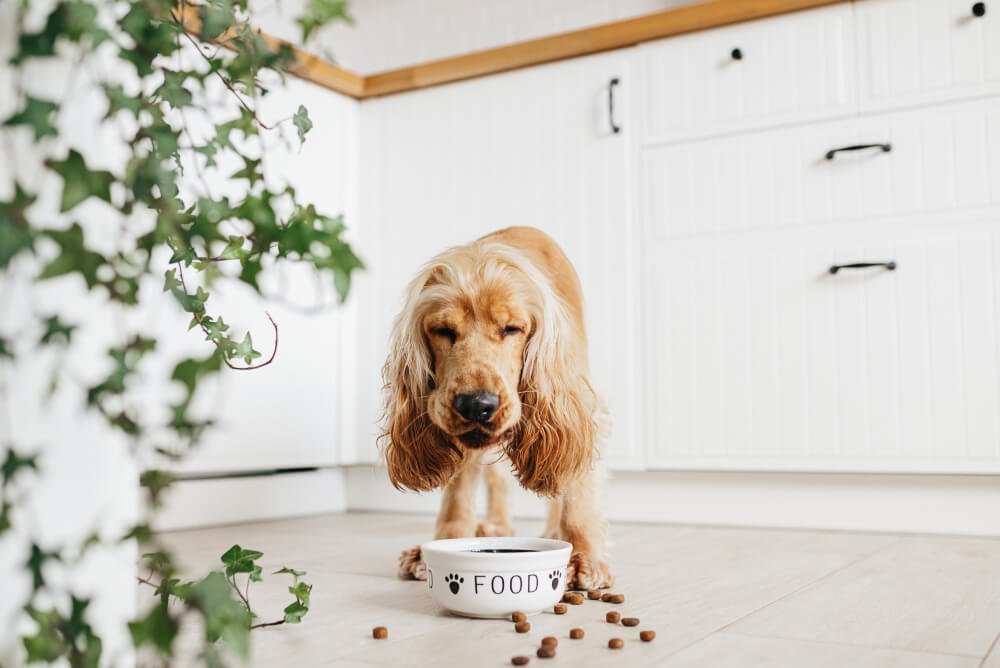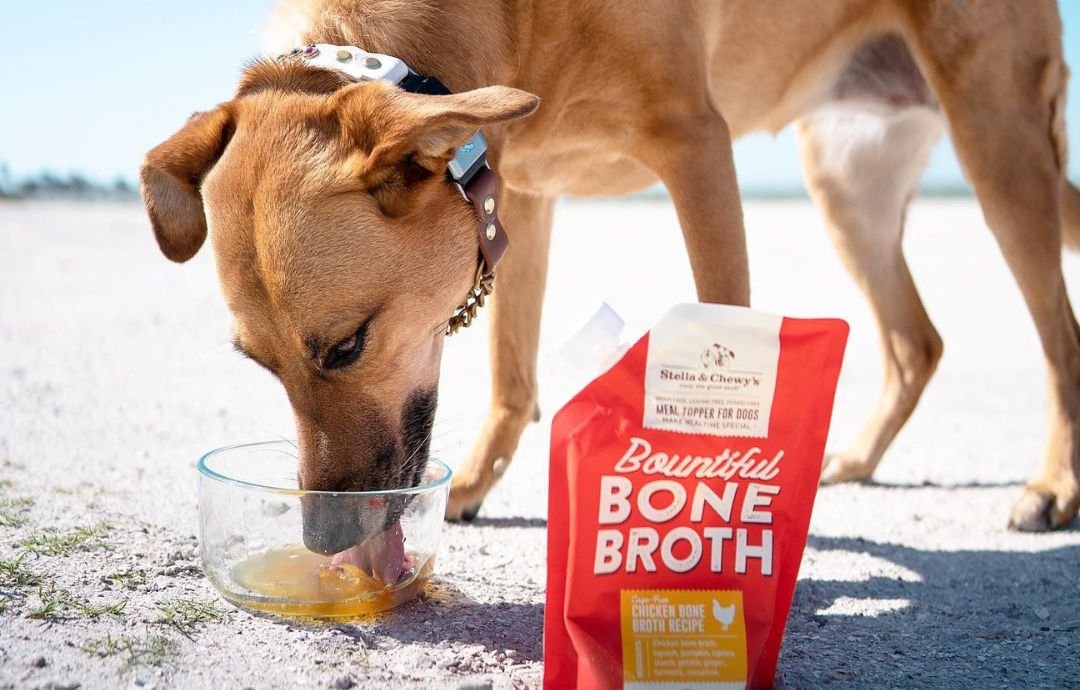Feeding dogs with dental problems requires special attention to ensure their health and comfort. When dogs experience dental issues, such as gum disease or tooth decay, their ability to eat can be affected. This article will provide effective strategies for feeding dogs with dental problems, helping you to maintain their nutrition and overall well-being.
Understanding Dental Problems in Dogs
Dental problems in dogs can lead to pain and discomfort, making it difficult for them to chew. Signs of dental issues may include bad breath, difficulty eating, swollen gums, or even noticeable tooth loss. It’s essential to address these problems promptly by consulting a veterinarian. After getting the necessary treatment, you can focus on how to feed dogs with dental problems effectively.
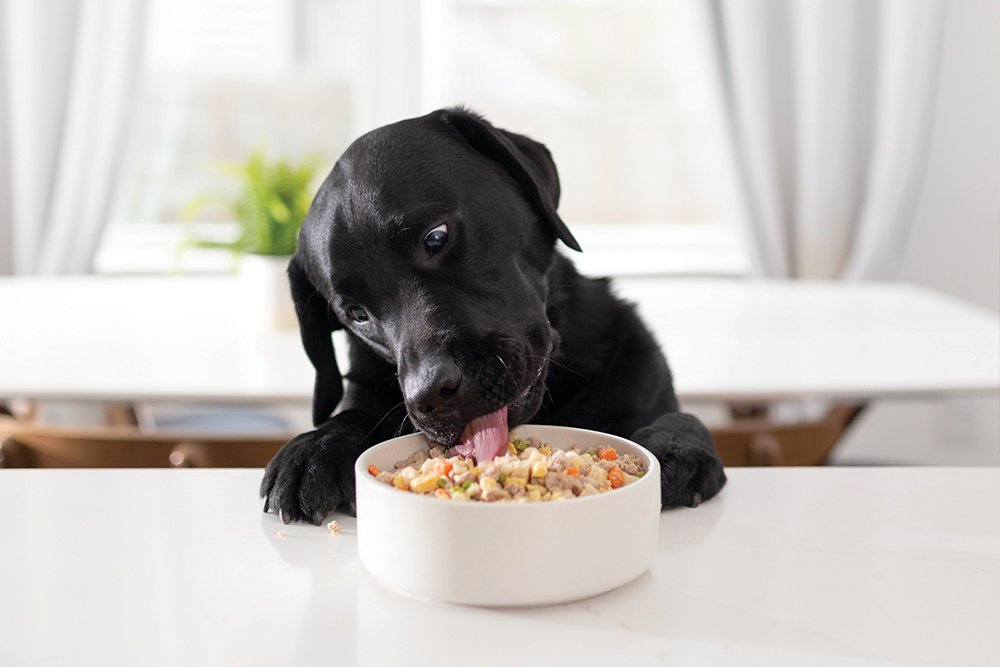
1. Choose Soft Foods
When feeding dogs with dental problems, one of the best strategies is to choose soft foods. Soft foods are easier to chew and digest, reducing discomfort for your pet. Look for high-quality canned dog food or moisten dry kibble with water or broth to soften it. This approach can help ensure that your dog receives the necessary nutrients without straining their teeth or gums.
2. Avoid Hard Treats
It’s crucial to avoid hard treats when feeding dogs with dental problems. Hard biscuits or crunchy treats can exacerbate dental pain and even cause further damage to already weakened teeth. Instead, opt for softer treats or consider using small pieces of cooked meat or vegetables. Many dogs enjoy treats like plain cooked chicken or mashed sweet potatoes, which are gentle on their mouths.
3. Incorporate Wet Food
Incorporating wet food into your dog’s diet can also be beneficial. Wet dog food often has a higher moisture content, which is easier for dogs to consume. It can help keep your dog hydrated while providing essential nutrients. Many dogs enjoy the taste of wet food, making it a great option when feeding dogs with dental problems.
4. Monitor Portion Sizes
When feeding dogs with dental issues, it’s essential to monitor portion sizes carefully. Since some dogs may have reduced appetite due to pain, smaller, more frequent meals can be helpful. This strategy allows your dog to eat without feeling overwhelmed and can help them consume enough nutrients throughout the day.
5. Use a Food Processor
If your dog struggles with chewing, consider using a food processor to create a blended meal. You can mix kibble, wet food, and water or broth to create a smooth consistency. This method not only makes it easier for your dog to eat but also ensures they receive a balanced diet.
6. Try Dental-Specific Foods
There are dog food options specifically designed for dogs with dental problems. These foods often have a softer texture and may include ingredients that promote oral health. They can help reduce plaque buildup and support gum health. Consult with your veterinarian to find the best dental-specific food for your dog.
7. Regular Dental Check-Ups
While this point isn’t directly about feeding, it’s important to emphasize the need for regular dental check-ups. Regular visits to the vet can help identify dental problems early and prevent them from worsening. Maintaining your dog’s oral health will also make feeding them easier and more comfortable in the long run.
8. Hydration is Key
Keeping your dog hydrated is crucial, especially when they are facing dental problems. Encourage your dog to drink plenty of water, as hydration aids in digestion and overall health. If your dog is reluctant to drink, try offering ice cubes or adding water to their food to encourage fluid intake.
9. Gradually Introduce New Foods
If you need to change your dog’s diet, do so gradually. Sudden changes in diet can upset your dog’s stomach. Start by mixing small amounts of the new food with their current food, gradually increasing the proportion of the new food over a week or two. This approach can help ease the transition and ensure your dog remains comfortable.
10. Pay Attention to Your Dog’s Response
Finally, always pay attention to your dog’s response to their food. If you notice any signs of discomfort or changes in behavior while eating, it’s essential to consult your veterinarian. They can help determine if the food is suitable or if any adjustments are necessary.
Conclusion
Feeding dogs with dental problems requires careful consideration of their dietary needs. By choosing soft foods, avoiding hard treats, and monitoring portion sizes, you can help ensure your dog remains comfortable while getting the nutrition they need. Always consult with your veterinarian for personalized advice and recommendations. Remember, maintaining your dog’s dental health is crucial for their overall well-being, so regular check-ups and attention to their diet will make a significant difference.







